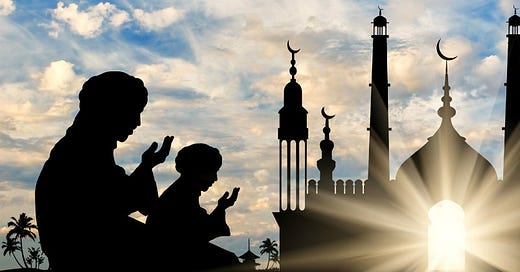One night in the month of Ramadan in the year 610, the Angel Gabriel appeared to the Prophet Mohammad in a caravan in the desert near Mecca. The angel said, “Recite in the name of the Lord who has created you that the Lord is all merciful, teaching what is not knowledge.”
In Arabic, the word for “recite” is Koran. Thus, the name of Koran has been given to the collection of divine revelations to the Prophet, consisting of 114 suras or chapters and 6,236 aleyas or verses. It is a relatively brief testament: its length is no more than four/fifths that of the Christian New Testament, which itself is far shorter that the Jewish Torah or Hebrew Bible and the Christian Old Testament. The Koran guides humanity to a way of life that includes religious, political, and cultural dimensions.
For seven centuries, from 800 to 1500, the Islamic Civilization led the world in the territorial extension of its governments, in moral norms, in humanitarian legislation, in religious tolerati…


